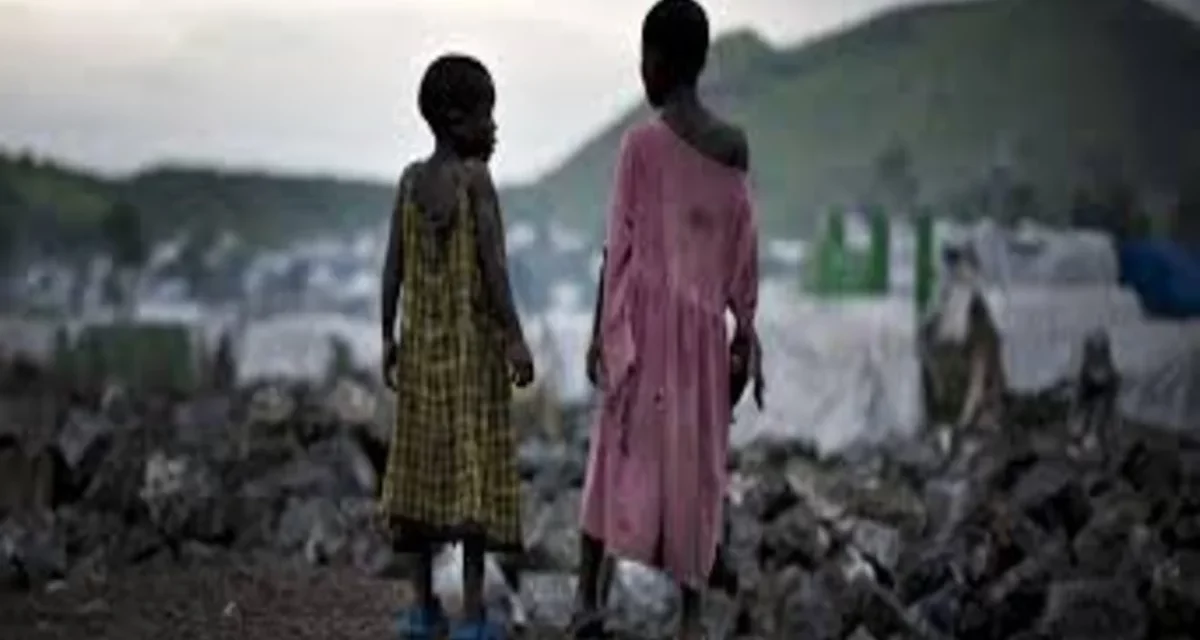Findings from the 2021 Population and Housing Census have revealed that 11,717 people are internally displaced (IDP) in Ghana.
Data released by the Ghana Statistical Service explained that the reasons for internal displacement are socio-political factors, 55.2% or natural disasters 44.8%.
One in every ten (10.7%) of the IDPs have stayed less than one year in their current place of residence with six in ten (60.8%) having been displaced for 5 years or more.
According to the data, more than half of internally displaced persons reside in four regions: Greater Accra (19.2%), Northern (14.1%) Ashanti (13.7%) and Central (10.2%) regions.
The Ghana Statistical Service added that the adult literacy rate for IDPs is twice that of persons that are not displaced: four in every ten (41.3%) IDPs aged 15 years and older are not literate compared to two in every ten (21.9%) non-IDPs. The percent of children aged 4 to 17 years who have never been to school is three times higher for IDPs (15.2%) than non-IDPs (4.8%).
The census also provided statistics on international migrants in Ghana.
The data stated that leading drivers of immigration to Ghana are employment (36.9%), settlement (22.7%) and marriage or family unification (25.0%).
For males, getting employment (49.8%) is the most frequent purpose for migration while for females, it is the migration for marriage or family unification (46.9%). A greater share of migrants is male (60.5%) compared to females (39.5%).
Almost half (48.3%) of international migrants have lived in Ghana for five years or more.
These statistics were released on International Migrants Day which is commemorated annually on 18th December to highlight the contribution of migrants and the challenges they face






